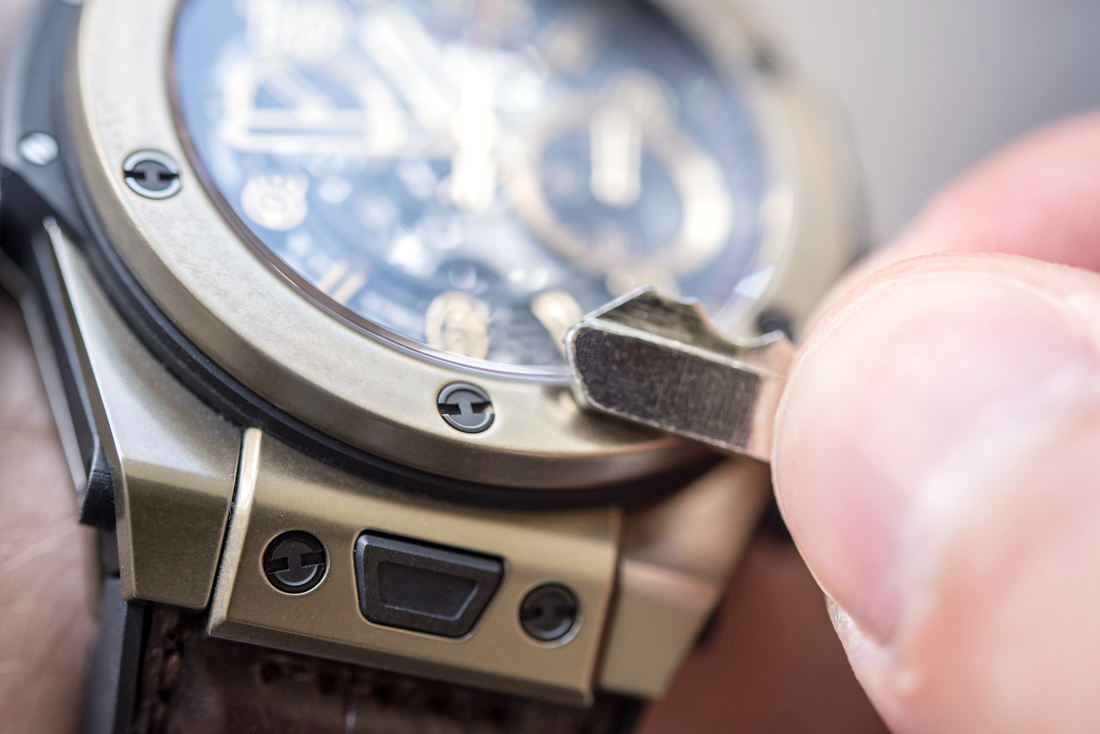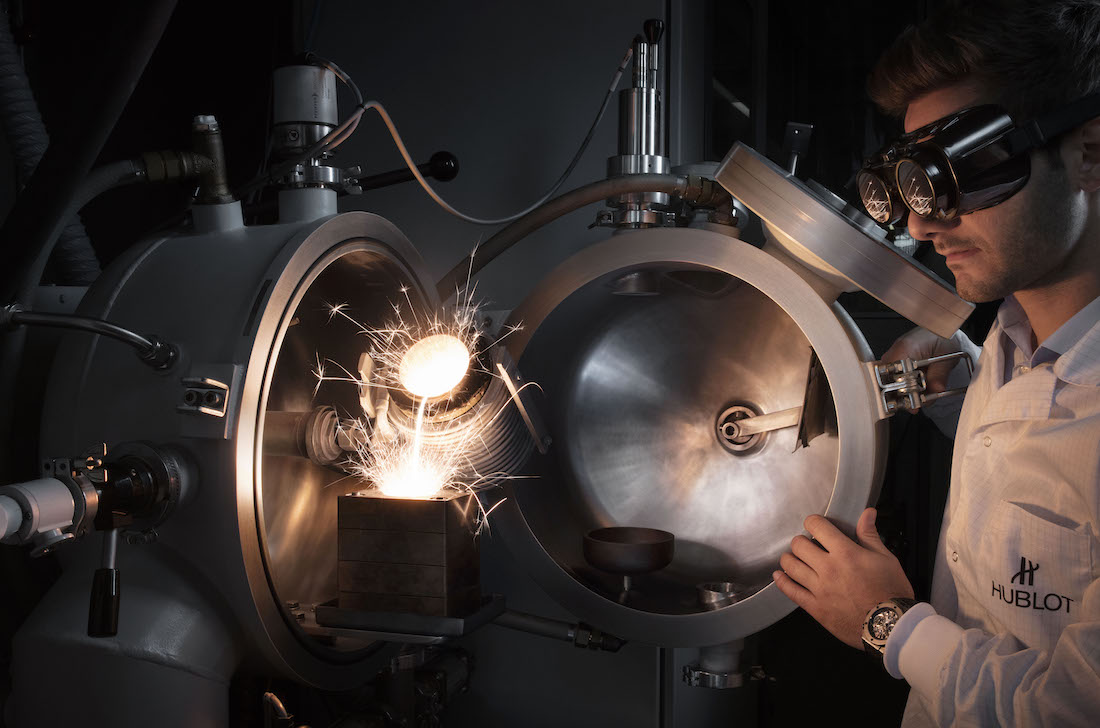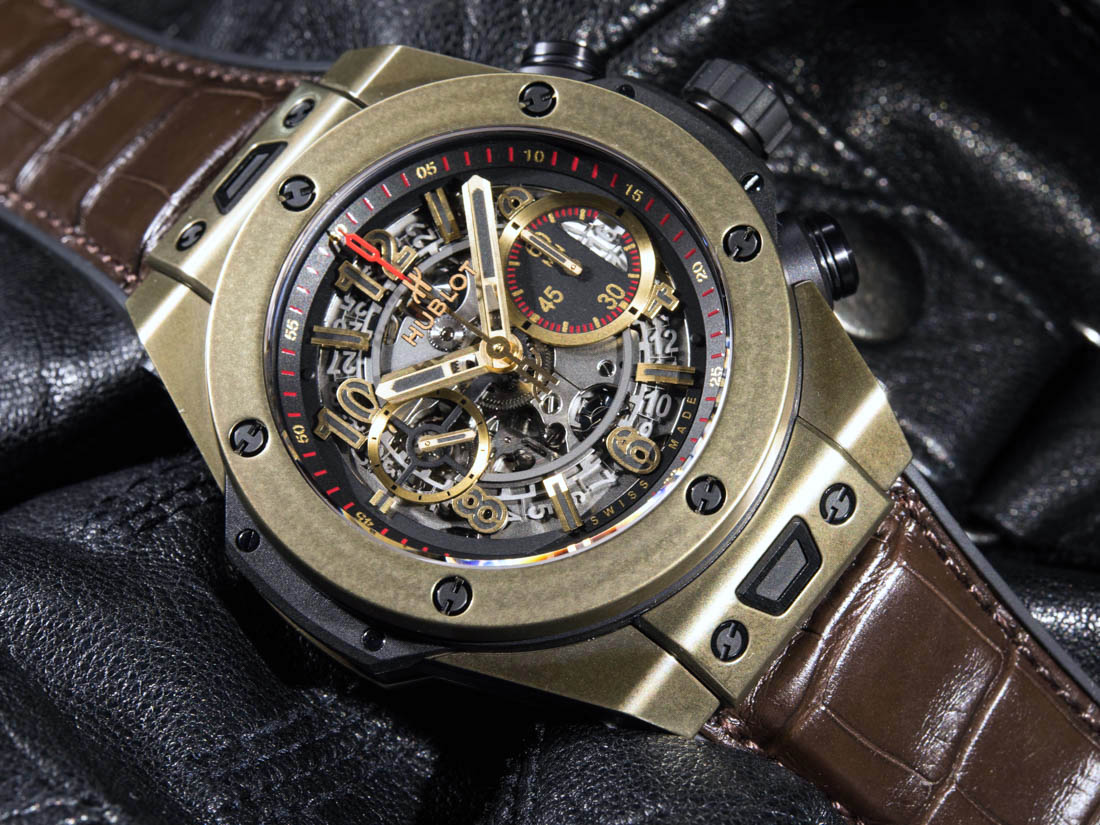
Do you remember when Hublot was all about “the art of fusion?” To this day, I can easily recall one of the many characteristic instances when Jean-Claude Biver started shouting at his audience with great enthusiasm about Hublot and “fuuusion,” where different materials and ideas come together to create something new. I also recall being very impressed by this novel, expensive, and consistently innovative approach that was new not just for Hublot, but any major luxury brand as well. I had to wait until now, though, to have a watch in for review that featured what I expect to prove itself as the greatest achievement of Hublot’s dedication to fusion: Magic Gold, their proprietary gold that “cannot be scratched.” So, my curiosity has at last been cured by spending some quality time with the Hublot Big Bang Unico Magic Gold watch, and I couldn’t wait to see just how magical it really was.
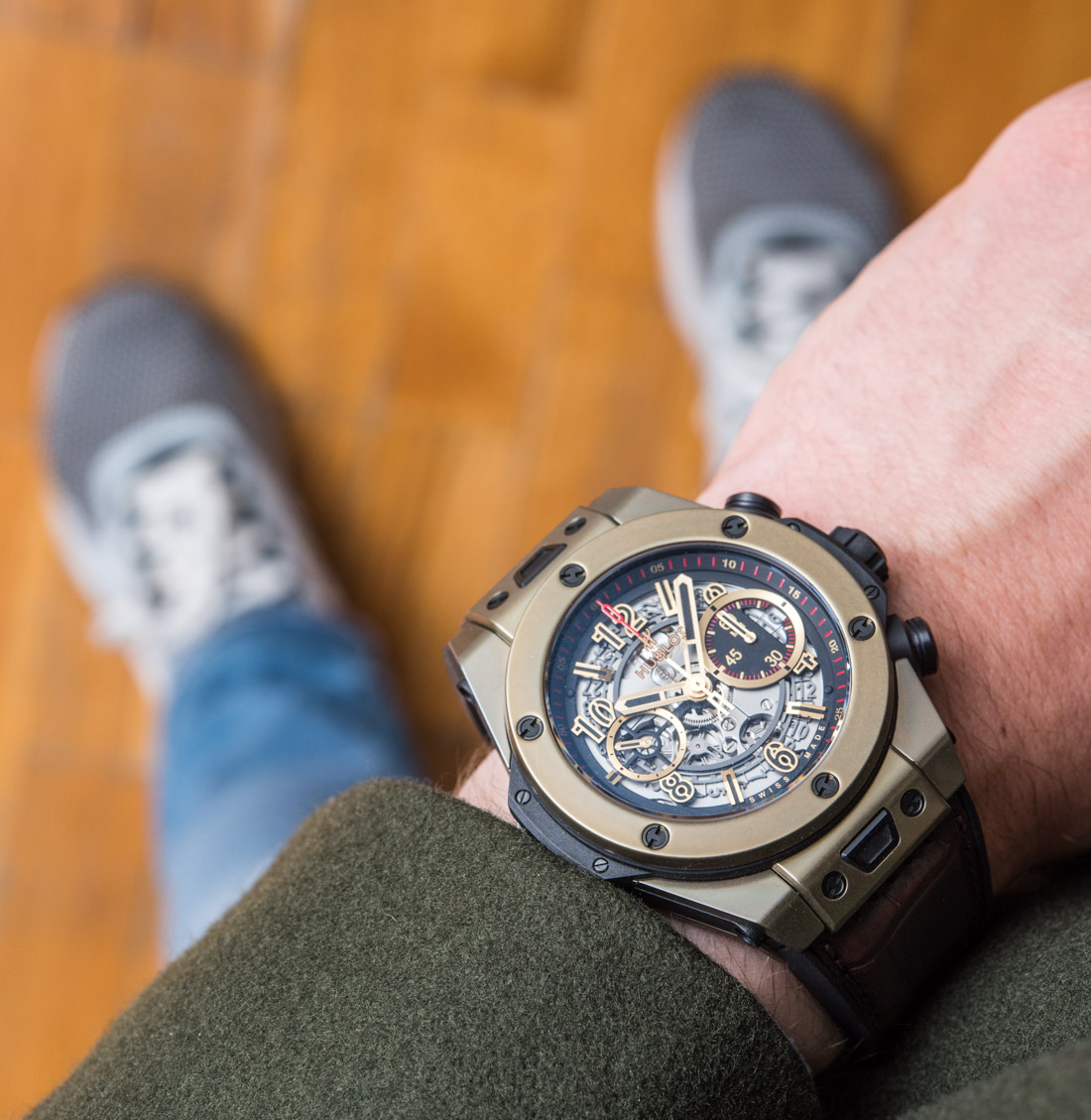
Hublot And Its Love Of Fusion
This whole “the art of fusion” thing appears to have taken the backseat a bit as JCB’s attention is now delegated not exclusively to Hublot but also enjoyed by Zenith and TAG Heuer. These two, in fact, needed his guidance more than Hublot which has been so much more consistent than its “historical” brethren inside the luxury group LVMH.
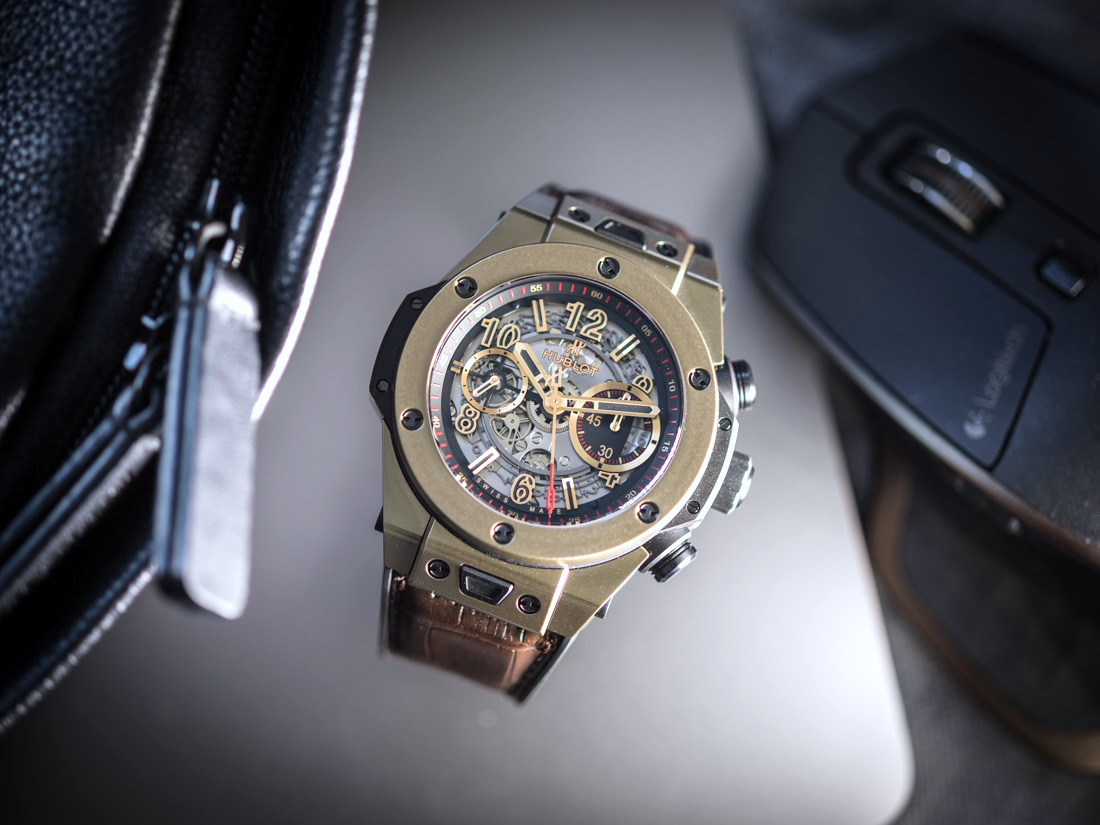
The “fusion” approach began for Hublot with the earliest Big Bangs and their then-outrageous merging of a full gold watch with a rubber strap – this unusual coming together of materials was a heresy comparable to the Royal Oak’s 1972 coming in steel and costing what it did. Steel luxury watches have for long been completely normal when the gold-rubber combination of the Big Bang caused turmoil among luxury watch lovers… and yet, today, you can walk into any high-end watch store and find a wide range of watches from multiple brands that they will offer for sale in gold, but on a rubber strap.
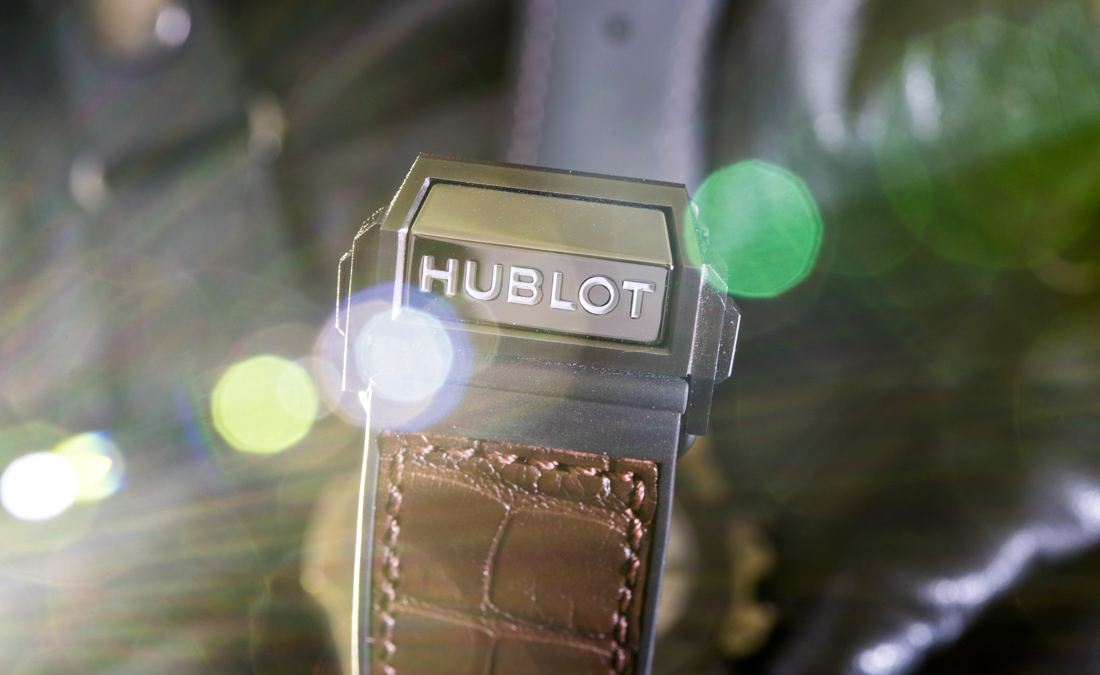
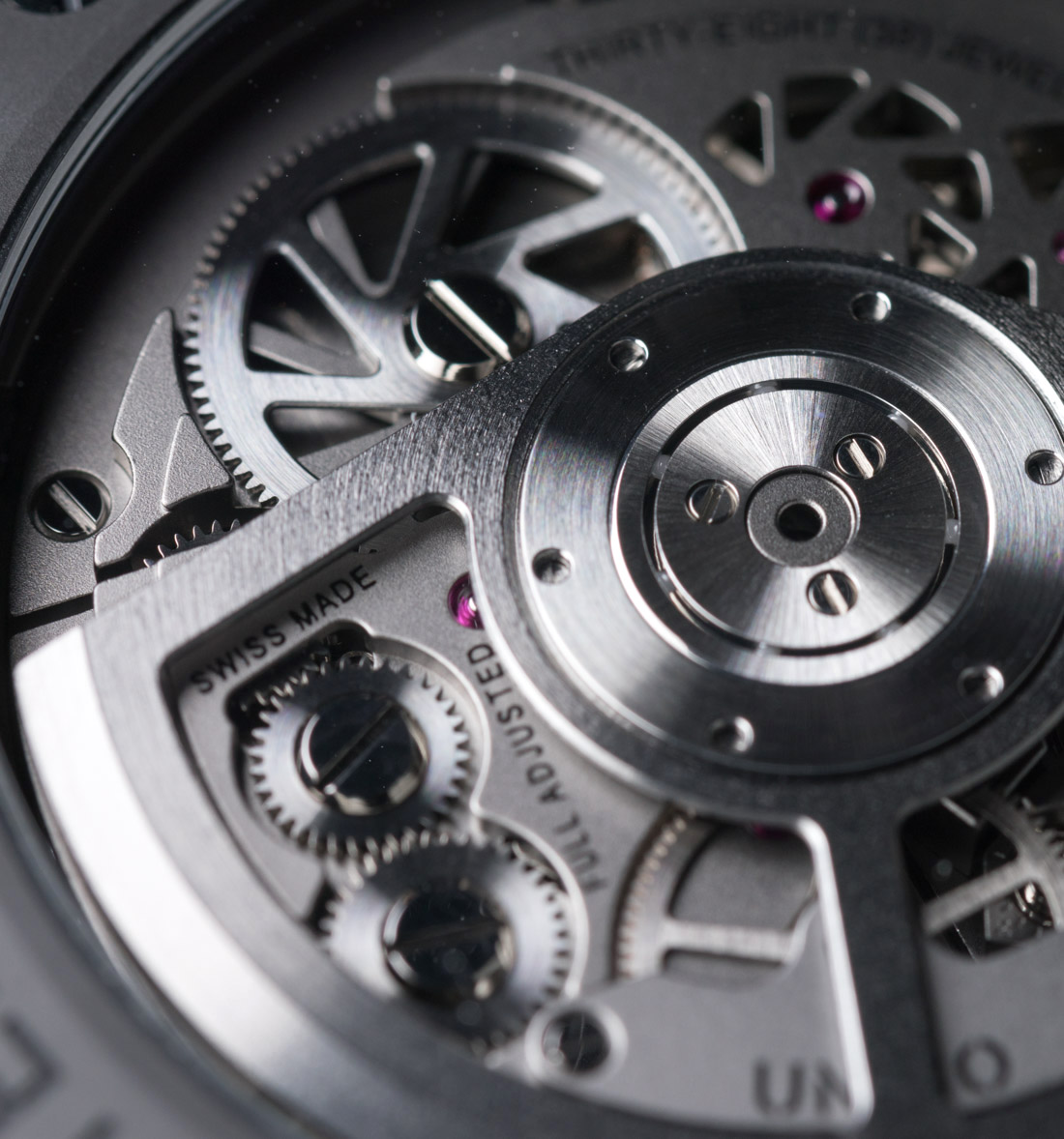
As they grew, largely thanks to JCB’s marketing genius, Hublot soon had more resources – financial and intellectual – to develop its own niche as being “the brand of fusion.” Credit where credit’s due, Hublot’s success does not only come from a marketing strategy comparable to WWII carpet bombing, but also from merging consistent and, hence, widely recognizable design (which most luxury watch buyers want as, admit it or not, people want others to see how much greenback they dropped on a watch) with bold, new, refreshing ideas and executions.
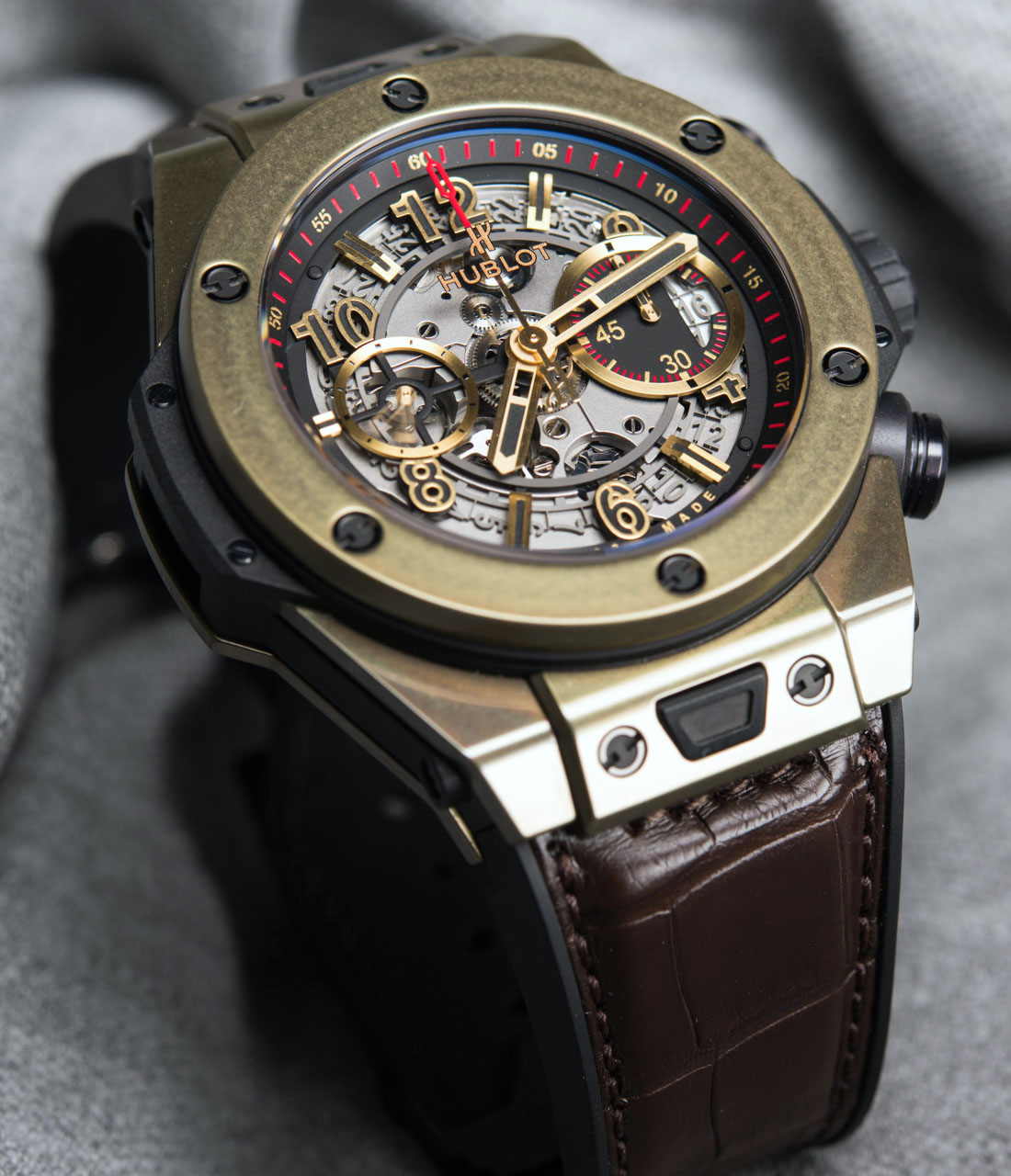
And while by now Hublot’s fusion approach has given us the gold watch on a rubber strap, we’ve also seen the cool but remarkably confusing idea of a non-transparent-transparent watch in black sapphire (hands-on here), a Classic Fusion with a concrete bezel, and watches in blue Texalium (hands-on here) – oh, and one very funny April Fool’s article where many actually believed Hublot did a “fusion watch” with a tiny amount radioactive uranium.
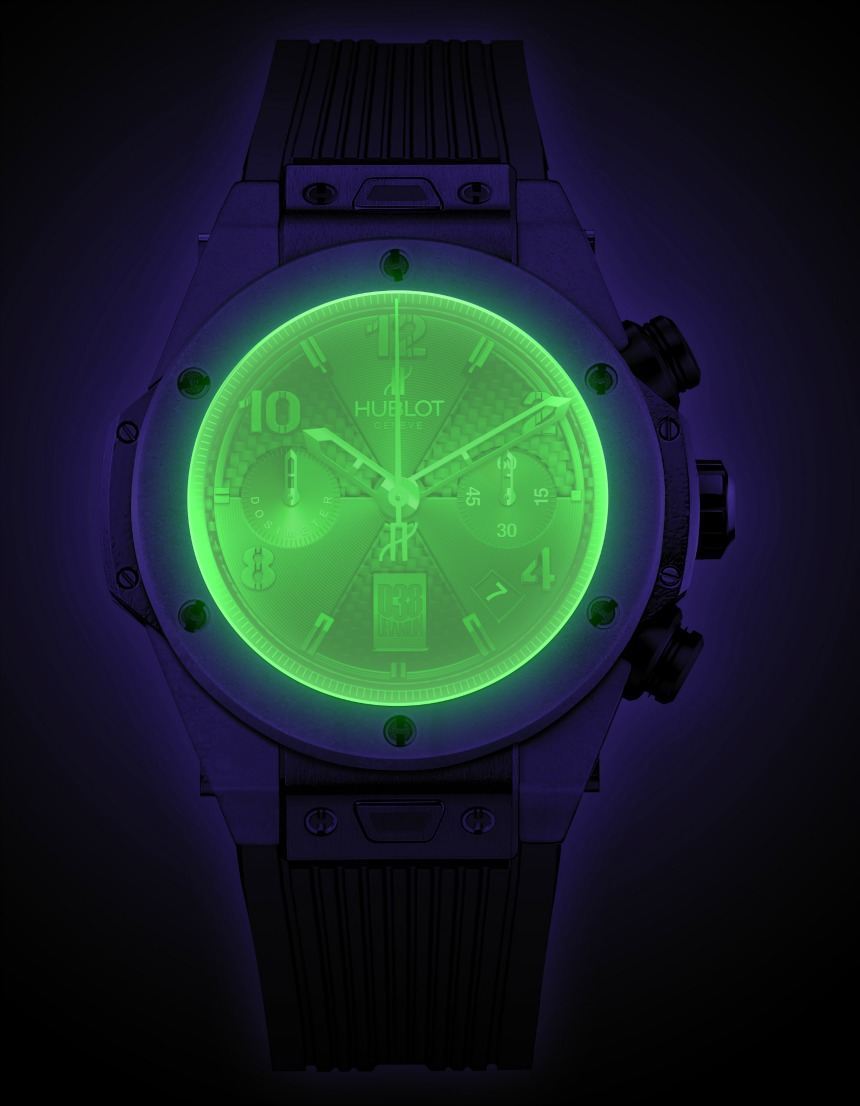
From one of our April’s Fools articles from quite a while ago, taking this fusion idea a bit too far. Graphics by Beau Hudspeth.
Hublot has its own proprietary recipe for its success, but elements of that recipe were clearly not tuned to prioritize the taste of the hardcore, traditionalist watch enthusiast. In other words, many other brands, by doing the same thing over and over and over again, make it much easier for “purists” to like them, while Hublot, in truth, doesn’t seem to be bothered that much and would rather do as much in 10 years as many others do in 100 (if ever).
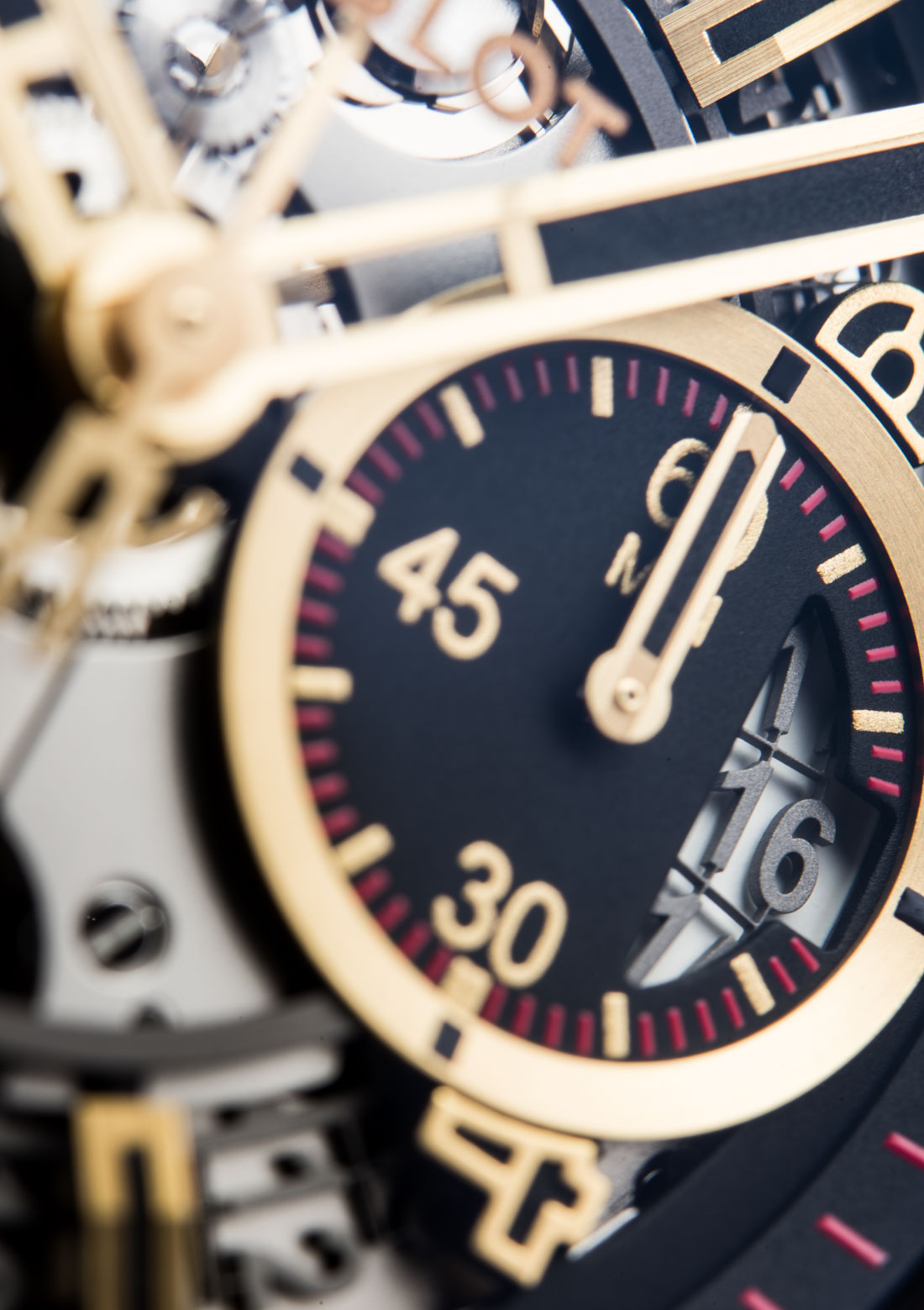
However, if you look at that previous and, mind you, not even remotely complete list of Hublot’s achievements in pushing the boundaries of what a watch can be and/or is accepted to be made from, you’ll see that they try much harder than the majority of others – and the most serious achievement of all this self-imposed busyness is Magic Gold, a gold that “cannot be scratched.”
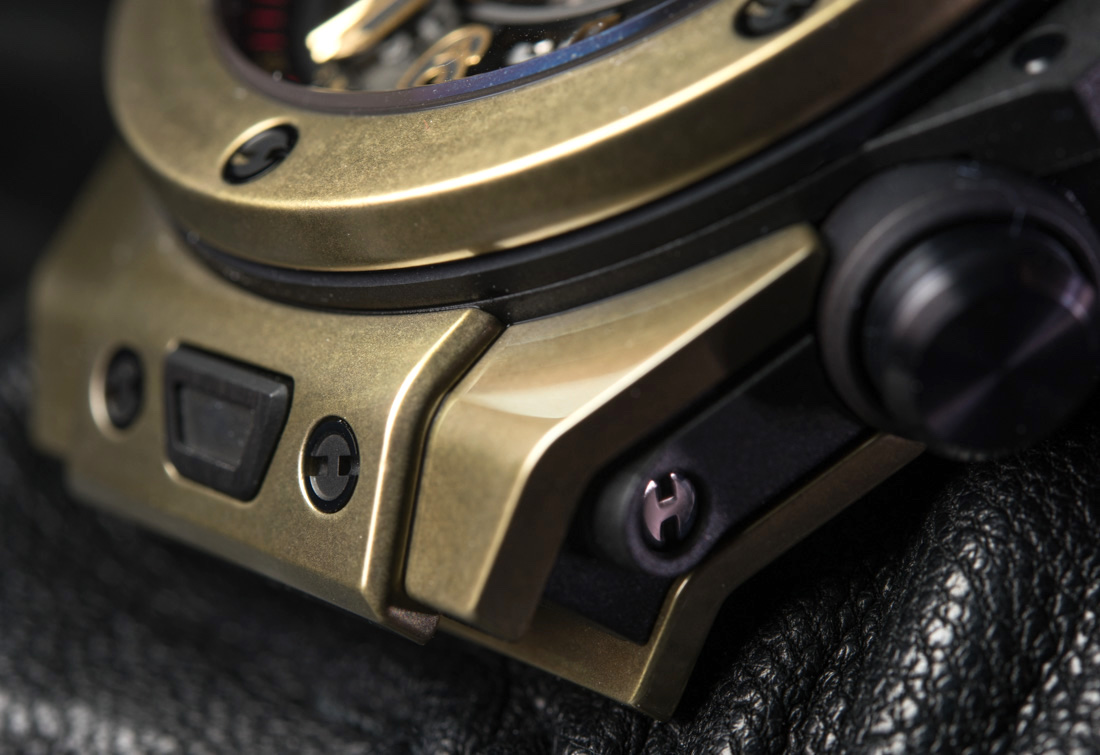
Magic Gold – How It’s Made
It has a catchy name, that much is immediately apparent. Most things “Magic” in the life of the ordinary human (myself) include washing powder, non-chargeable batteries, and anything made in Mainland China with a retail price below $5. So, “Magic Gold” sounds just as controversial as it is for a luxury brand to use the term “Magic.” But, unlike the aforementioned items, Magic Gold truly verges on being magical when compared to regular precious metals. Here’s how it came to be.
It was in 2011 that Hublot unveiled its Magic Gold, a scratch-resistant gold that is both certified as 18k by the Central Office for Precious Metals Control, and has a hardness rating of about 1,000 Vickers – 18k gold is 400 Vickers and most types of hardened steel are 600 Vickers. In the words of Mr. Biver, “You can have a [Magic Gold] watch and wear it for any sport, any use, it will just not scratch. It never ever will scratch. It will constantly look totally polished, as new (…), not scratch-able – only diamond can scratch it.” Further, Magic Gold used for the Hublot Big Bang Unico Magic Gold will never oxidize and weighs less – but more on that latter property in a bit.
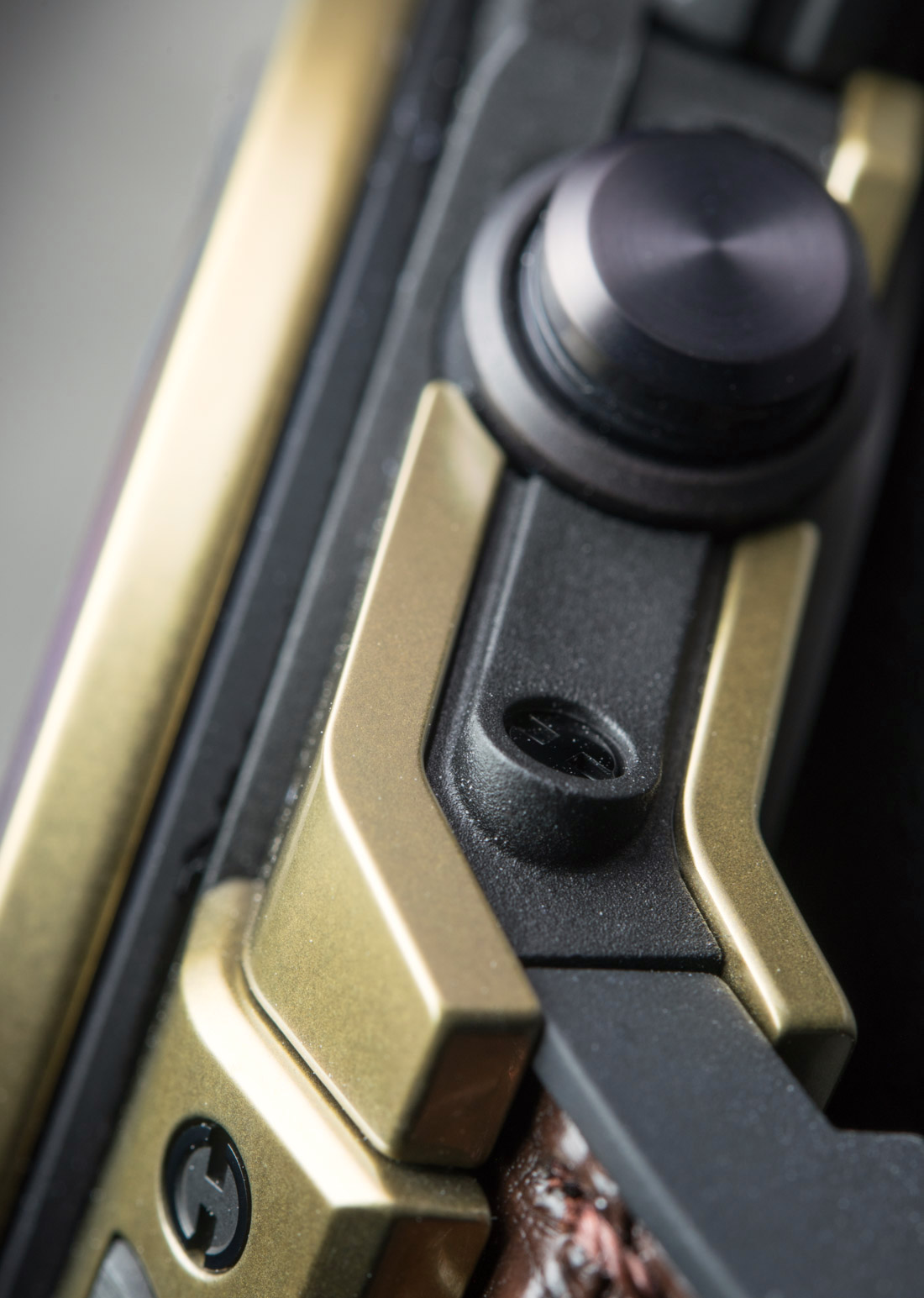
Hublot worked with the Swiss Polytechnique School of Lausanne (EPFL) to develop Magic Gold and by early 2014, Hublot had developed and installed its own, fully integrated gold foundry inside their manufacture in Nyon, Switzerland. So, although the know-how was more or less ready in late 2011, it took Hublot over two years to bring it to a stage of volume production.
At Hublot’s opening event for its foundry in 2014, Andreas Mortensen, professor at EPFL, described the project as “fun” but also highlighted some interesting details. They were not allowed to use any coatings in creating a gold alloy that is visually interesting and “makes absolute technical sense.” Not a whole lot more in the project was defined, just the goal of “If you guys could make gold really hard, that would be great” – yes, that’s an actual quote.
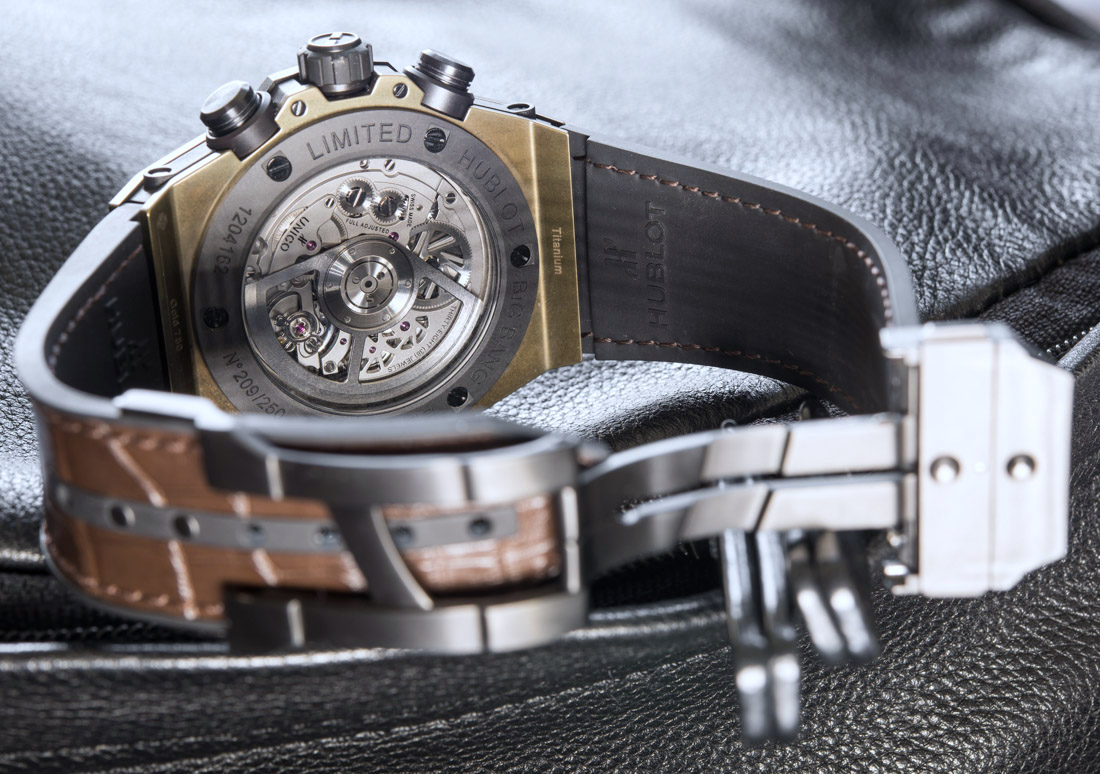
The professor, being a professor, also highlights the fact that while Hublot’s “marketing term of fusion” is very descriptive, the actual process of creating Magic Gold is not through fusion but alloying. Magic Gold starts its life as 24k pure gold and ceramic powder. The ceramic (boron carbide) powder is put into a silicon mold very similar in shape to that of the desired finished part. It is here that we should add that boron carbide is “the third hardest thing” ranking behind diamond and cubic boron nitride. The pre-formed boron carbide powder is then compressed at some 2,000 bars of pressure under cold isostatic pressure. The compressed ceramic is then sintered at 2,200°C while the 24k gold is melted at 1,100°C.
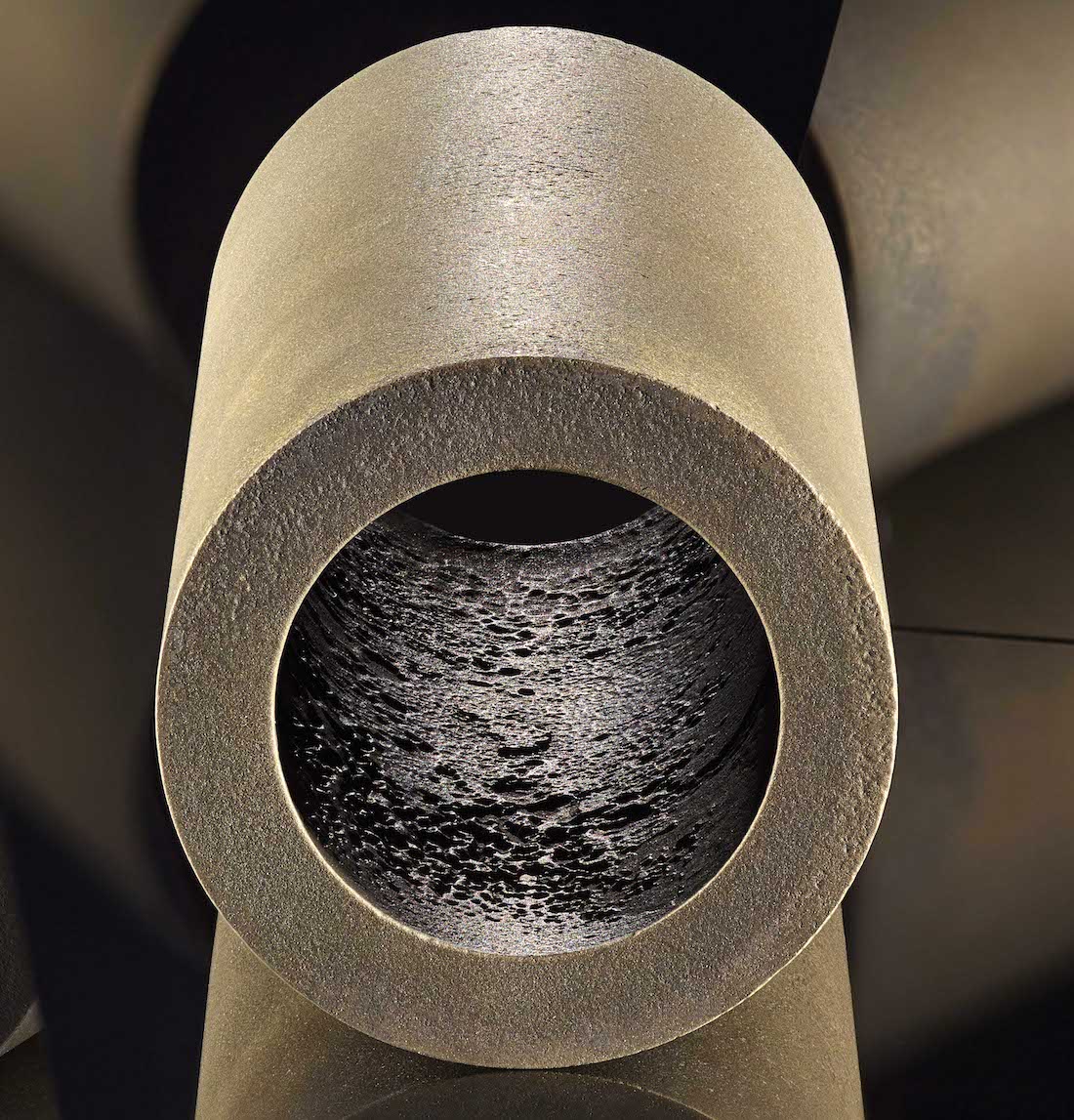
An ingot of raw Magic Gold, molded in the rough shape of the final piece – the bezel in this instance.
After this operation is when the magic happens: 24k gold alloyed with 3% molten liquid gold is injected under very high pressure with inert gas at a high temperature, allowing the metal to fill the ceramic pores and create a “fusion” of the two to produce Magic Gold. Raw Magic Gold is yet to be machined and, because it is so hard, it can only be shaped by diamond-tipped tools, laser- and ultrasonic machining, or wire cutting.
So, while fusion sounds good and is arguably “sexier” than “alloying,” the latter is what better describes the process. Magic Gold is a combination of gold, made hard through alloying. Alloying is the addition of other atoms to a liquefied form which, when you cast it, forms an alloy that then solidifies and retains its identity as something that, in this case, is fully metallic with the ceramic as part of its structure. If you’re a chemistry professor/teacher and have a technical comment on this, you are invited to leave it below.
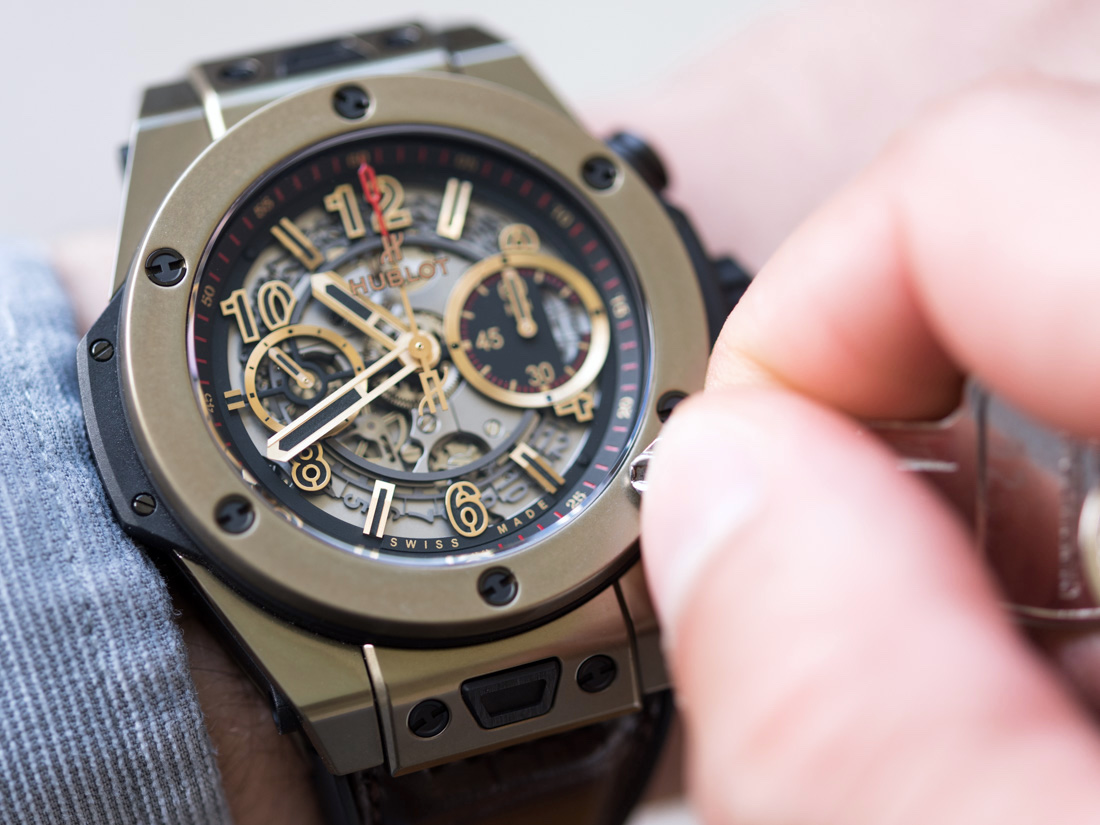
Magic Gold – How Magical Is It Really?
So, all this technical who-do-you-think-you-are and the result, again, is an alloy that is certified to be 18k gold (like any other watch) but is 2.5 times harder than those and almost twice as hard as most hardened steels. The alloy and the manufacturing technology is protected by a bunch of patents and, Hublot says, the brand has been approached by other brands from the watch and other industries to purchase it – but Hublot says they have not and will not share the Magic Gold technology anytime soon. Last but not least, they say this alloying process can be used to merge ceramics with other precious metals and that other “magical” materials can be expected – though no word on when.
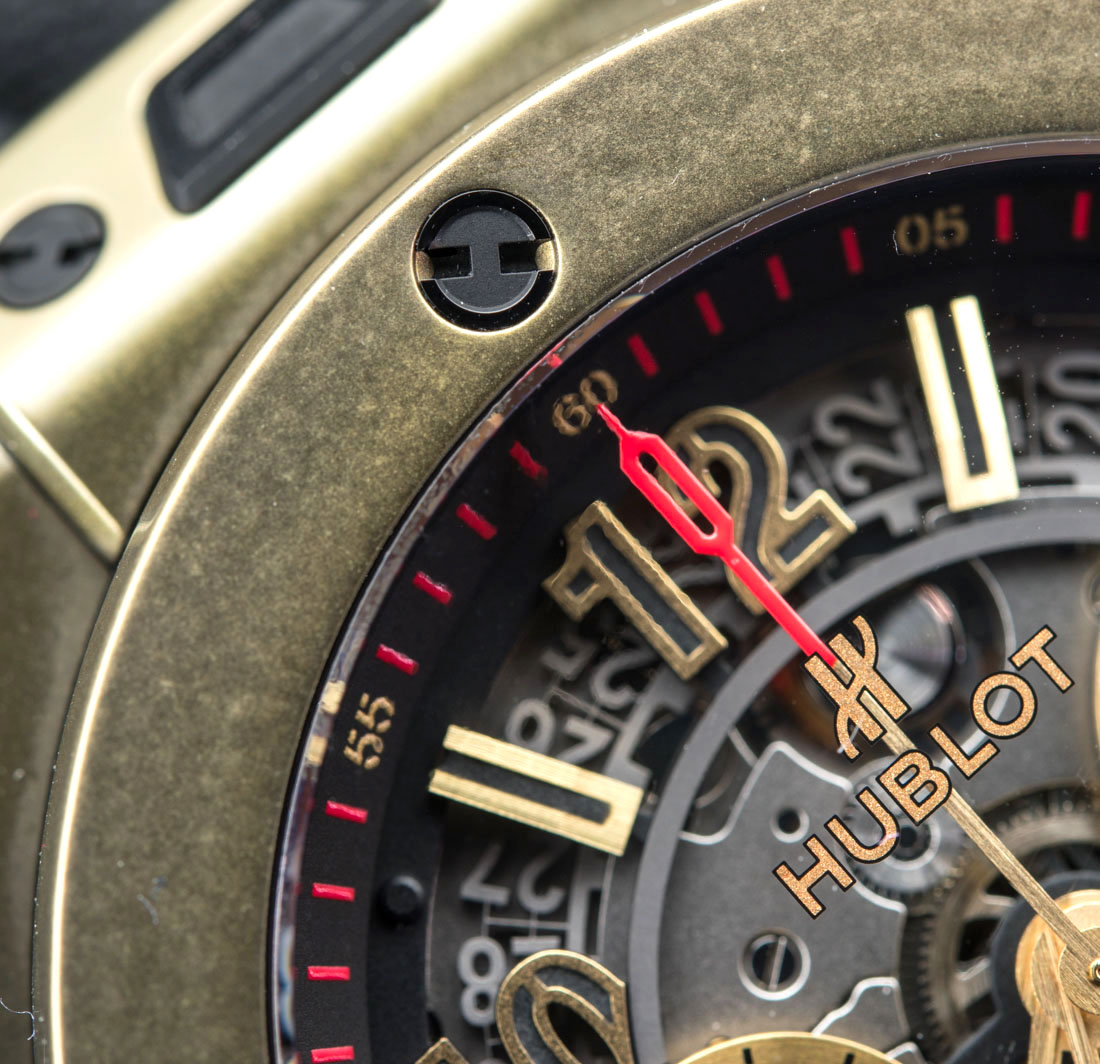
I’ve had the Hublot Big Bang Unico Magic Gold for 10 days or so, which really isn’t enough time to emulate the trials imposed on a watch case through years and decades. But, that hasn’t stopped me from trying. I have not refrained from wearing this Big Bang as much of the time as possible and haven’t practiced too much concern or excessive care. I reached into my backpack (seven layers of watch hell in there) looking for stuff, wore it when washing the car, and just generally, wore it through the day…

